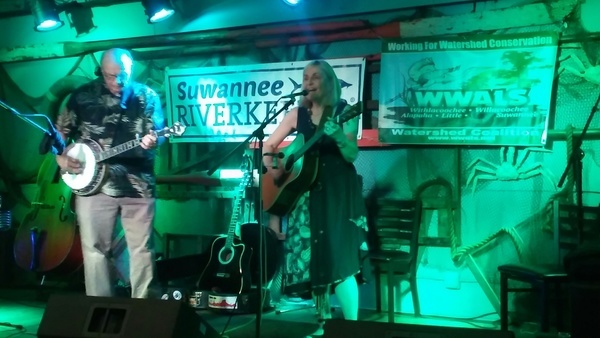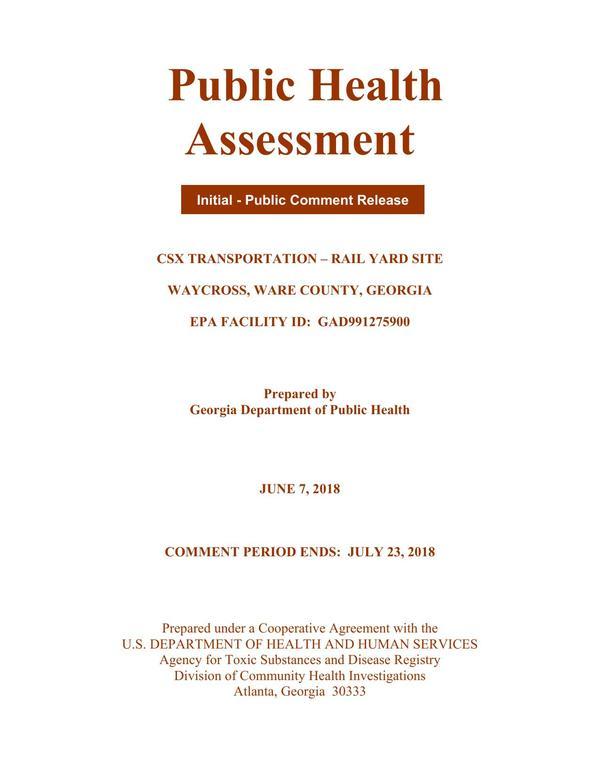“Injustice anywhere is a threat to justice everywhere.”
![[Statement on Environmental Justice]](https://www.wwals.net/pictures/2020-06-08--wwals-statement-environmental-justice/big/2020-06-08--WWALS-Statement-Environmental-Justice-0001.jpg)
Statement on Environmental Justice
PDF
June 8, 2020
Statement on Environmental Justice
Suwannee Riverkeeper and WWALS Watershed Coalition, Inc. protect the Suwannee River Basin for the sake of every person who visits or lives here. Clean water is essential to everyone, regardless of their ethnicity, beliefs, politics, or anything else. However, during the course of our work opposing the Sabal Trail methane pipeline and other advocacy, it became clear that minorities and economically disadvantaged people will disproportionately experience negative effects. We continue to work against such environmental injustice across the entire Suwannee River Basin in dozens of counties in Georgia and Florida. Valuing all the watershed’s inhabitants is entirely compatible with having added concern for those facing added danger.
The killing of George Floyd and many other recent tragedies suffered by people of color show that even if we strive to love our neighbors equally, the threats and injustices they face are not equal. As professionals and volunteers we fight for the human right of clean water. As Dr. Martin Luther King Jr. wrote from a Birmingham jail, “Injustice anywhere is a threat to justice everywhere. We are caught in an inescapable network of mutuality, tied in a single garment of destiny. Whatever affects one directly, affects all indirectly.” It appears to us that the economic forces that drive unnecessary pipelines under rivers and through disadvantaged neighborhoods and that have made it so difficult to oppose pipelines and mines are the same forces that have resulted in so many recent tragedies with little justice. We have always stood for nonviolent advocacy, but we cannot condemn the few who have used other means without also pointing to the large corporations that benefit from subsidies, tax breaks, and legal advantages while so many get nothing.
We seek to listen and learn from our colleagues and neighbors. We do not pretend to be experts on racial issues. Nevertheless, we promote clean water to ensure healthy communities, and we are concerned about all members of those communities: especially the most vulnerable. We stand against racism and injustice in any form.
As one small step, we plan to offer swimming and boating lessons especially to minorities and economically disadvantaged people; please contact us about that.
Meanwhile, an election is in progress. Please look at what each candidate says about environmental issues. If a candidate will not stand up to protect rivers and swamps, you may want to look more closely at their promises about people.
Link to this statement: https://wwals.net/2020/06/08/statement-on-environmental-justice-suwannee-riverkeeper-for-wwals-2020-06-08
For the rivers and the aquifer,
John S. Quarterman
Suwannee RIVERKEEPER®
229-242-0102
contact@suwanneeriverkeeper.org

![[Georgia impaired waters, map]](https://www.wwals.net/pictures/2020-04-03--public-notice-ga-epd-waterbodies/ga-impaired.jpg)
![[WKFL Earth Day Toast]](https://www.wwals.net/pictures/2020-04-22--wkfl-earth-day/thumbnail_earth-day-toast-v2.jpg)
![[2020-02-26--gear-swap-pr-0001]](https://www.wwals.net/pictures/2020-03-07--gear-swap/2020-02-26--gear-swap-pr-0001.jpg)
![[Bret Miller, NWXpeditions, outfitting a paddler]](https://www.wwals.net/pictures/2020-02-09--banks-lake-full-moon/83720544_3003771582968357_4082578358599155712_o.jpg)
![[Satellite Map]](https://www.wwals.net/pictures/2019-04-21--wwals-suw-basin-landings/basin-ga-sat.jpg)


![[2019-04-15--WWALS-to-EPA-0001]](https://www.wwals.net/pictures/2019-04-15--epa-rule-deadline/2019-04-15--WWALS-to-EPA-0001.jpg)
![[Georgia landings in Suwannee River Basin]](https://www.wwals.net/pictures/2019-03-03--wwals-suw-basin-landings-ga/all-ga-landings-suw-river-basin.jpg)

